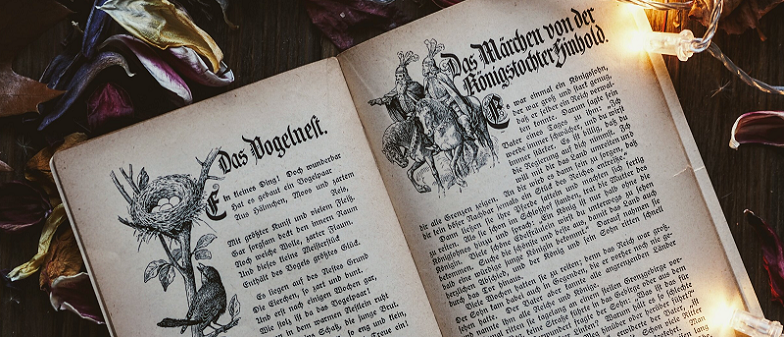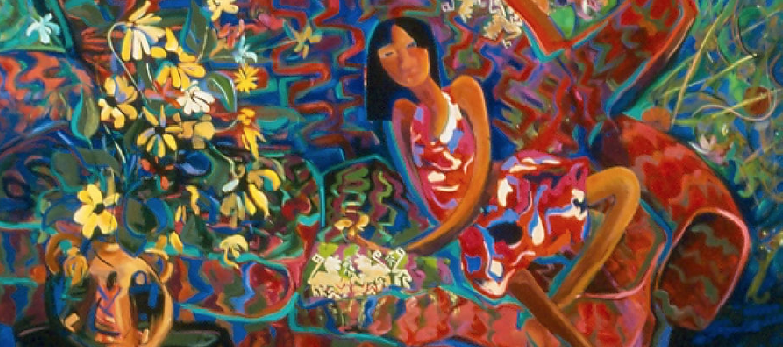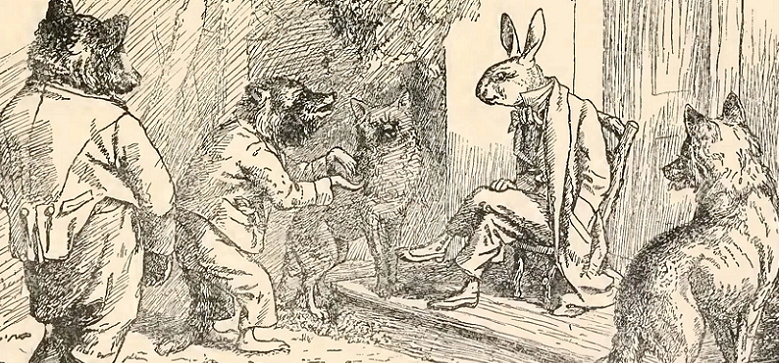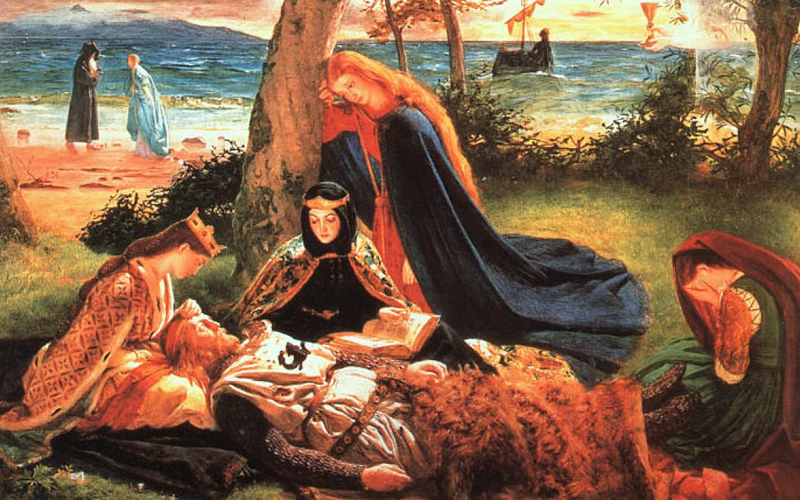Regional folktales and legends have been a significant part of cultural heritage for centuries, serving as a means of passing down traditions and values from one generation to the next. These stories, rich with history and symbolism, continue to influence modern storytelling in various forms of media, from movies to television series. Here we explore the historical significance of regional folktales and legends, examine examples of their influence in modern storytelling, and discuss the benefits and challenges of incorporating these stories into contemporary media.
Defining Regional Folktales and Legends
Regional folktales and legends are traditional stories passed down through generations in a particular geographic region. They often reflect the cultural beliefs, values, and history of the community and serve as a means of preserving cultural heritage. Folktales are fictional stories that often feature supernatural elements and are intended to entertain and teach moral lessons. Legends, on the other hand, are stories based on historical events or figures and are often believed to have a basis in fact.
Regional folktales and legends can take many forms, including oral narratives, song and dance, and written stories. They often feature cultural heroes and villains, as well as supernatural beings such as spirits, monsters, and gods. These stories are deeply rooted in the culture and beliefs of the community, and they play an important role in shaping the cultural identity of a region.
Regional folktales and legends are traditional stories that are unique to a particular geographic region and serve as a means of preserving cultural heritage and shaping cultural identity. They are an important part of a community’s cultural heritage and continue to influence modern storytelling in various forms of media.

Historical Overview of Regional Folktales and Legends
The origin and evolution of regional folktales and legends can be traced back to ancient civilizations, where they were used to explain natural phenomena, teach moral lessons, and entertain communities. These stories were often passed down orally, with each generation adding their own twists and interpretations.
As cultures and civilizations evolved, so did their folktales and legends. With the spread of writing, these stories were recorded in written form, allowing them to be preserved and passed down through the generations. In many cultures, these stories have been passed down for centuries and continue to be an important part of cultural heritage.
The cultural significance of regional folktales and legends cannot be overstated. These stories provide a window into the beliefs, values, and history of a particular community and serve as a means of preserving cultural heritage. They also play an important role in shaping cultural identity, as they are often used to teach cultural values and beliefs to the next generation.
The historical overview of regional folktales and legends highlights their importance in preserving cultural heritage and shaping cultural identity. These stories have evolved over time, reflecting the changing beliefs and values of communities, and continue to be an important part of cultural heritage for many regions around the world.
Examples of Regional Folktales and Legends in Modern Storytelling
Regional folktales and legends have had a significant influence on modern storytelling in various forms of media, including movies, television shows, and books. Many contemporary storytellers have drawn inspiration from these traditional stories, incorporating elements of them into their own works.
One of the most well-known examples of the influence of regional folktales and legends on modern storytelling is Disney’s adaptation of ‘Snow White and the Seven Dwarfs.’ This classic animated film is based on a German folktale and has been a staple of children’s entertainment for generations.
The movie “Black Panther” is another example of the influence of regional folktales and legends on modern storytelling. The film draws heavily on African folklore, incorporating elements of traditional African stories and legends into its narrative. This provides a unique perspective and enriches the cultural diversity of the film.
The popular television series “Supernatural” is another example of the influence of regional folktales and legends on modern storytelling. The show draws on Native American legends and folklore, incorporating elements of these stories into its narrative and providing a unique perspective on the supernatural.
These examples demonstrate the significance of regional folktales and legends in modern storytelling. They provide a source of inspiration for contemporary storytellers and enrich the cultural diversity of media, while preserving cultural heritage and tradition.
The Benefits of Incorporating Regional Folktales and Legends into Modern Storytelling
Incorporating regional folktales and legends into modern storytelling has numerous benefits, including enriching cultural diversity in media, preserving cultural heritage and tradition, and providing new perspectives and unique story elements.
One of the biggest benefits of incorporating regional folktales and legends into modern storytelling is the enrichment of cultural diversity in media. By incorporating elements of these traditional stories into contemporary narratives, media creators are able to showcase the cultural heritage and traditions of different regions, providing a unique perspective and promoting cultural understanding.

Another benefit of incorporating regional folktales and legends into modern storytelling is the preservation of cultural heritage and tradition. These traditional stories are an important part of cultural heritage and play a crucial role in shaping cultural identity. By incorporating elements of these stories into contemporary narratives, media creators are helping to preserve this cultural heritage and keep these traditions alive for future generations.
Incorporating regional folktales and legends into modern storytelling also provides new perspectives and unique story elements. These traditional stories often feature cultural heroes and villains, as well as supernatural beings, providing a wealth of material for contemporary storytellers to draw from. By incorporating elements of these stories into their own narratives, media creators are able to add new dimensions and perspectives to their works, making them more engaging and interesting for audiences.
The benefits of incorporating regional folktales and legends into modern storytelling are numerous. From enriching cultural diversity in media to preserving cultural heritage and tradition, these traditional stories provide a wealth of material for contemporary storytellers to draw from and help to promote cultural understanding and appreciation.
Challenges and Criticisms of Incorporating Regional Folktales and Legends into Modern Storytelling
While incorporating regional folktales and legends into modern storytelling has many benefits, there are also several challenges and criticisms that need to be considered. These include accurate representation and cultural sensitivity, the risk of appropriation vs. appreciation, and the risk of oversimplifying and stereotype.

One of the biggest challenges of incorporating regional folktales and legends into modern storytelling is ensuring accurate representation and cultural sensitivity. These traditional stories are deeply rooted in the culture and beliefs of a particular region, and it is important to respect and accurately represent these cultural elements in contemporary media. Failure to do so can result in cultural appropriation or insensitivity, which can be damaging to the cultural heritage and identity of the region.
Another challenge of incorporating regional folktales and legends into modern storytelling is the risk of appropriation vs. appreciation. While incorporating elements of these traditional stories into contemporary narratives can be a means of preserving cultural heritage and promoting cultural understanding, it can also lead to cultural appropriation if not done respectfully and accurately.
Finally, incorporating regional folktales and legends into modern storytelling also carries the risk of oversimplifying and stereotype. These traditional stories are complex and rich in cultural heritage and symbolism, and oversimplifying them or resorting to stereotypes can detract from their cultural significance and value.
While incorporating regional folktales and legends into modern storytelling has many benefits, it is important to consider the challenges and criticisms associated with this approach. Ensuring accurate representation and cultural sensitivity, avoiding cultural appropriation, and avoiding oversimplification and stereotype are all important considerations when incorporating these traditional stories into contemporary media.

